A Brief History of Passenger Rail Service in Montana

Beginnings of Rail Service
If you think that tracking time zones can be a hassle now, be thankful you didn’t live in the early 19th century. Prior to the railroad, there were thousands of local time zones being tracked. The railroad system condensed that down to four. Pretty efficient and impressive considering that nineteenth century people did not have the benefit of Google to help.
Let's go back in time to understand the future. The year is 1883, and American railroads were transporting moving passengers over thousands of miles of rail lines that covered North America. Since the first railway 56 years earlier in 1827, railroads were now shrinking travel time between cities from days down to hours. Rail connections made it possible for passengers to travel by train car across the country in just weeks' time instead of months (by horse-drawn wagon or buggie). Big cities were bustling but there was a major problem that needed solving: local times had become a scheduling nightmare.
Even as late as the 1880's, most towns in the U.S. had their own local time, generally based on "high noon" or the time when the sun was its highest point in the sky. Railroad timetables in major cities listed dozens of different arrival and departure times for the same train, each linked to a different local time zone. Efficient rail transportation demanded a more uniform time-keeping system. Powerful railroad companies like Northern Pacific Railway, Santa Fe Railroad Company, Erie Railroad and others took it upon themselves to create a new time code system. The companies agreed to divide the country into four time zones: East, Central, Mountain and West time zone with dividing lines similar to what is used today. Americans quickly embraced this system. It was not until 35 years later in 1918 that Congress officially adopted the railroad time zones and put them under the supervision of the Interstate Commerce Commission.
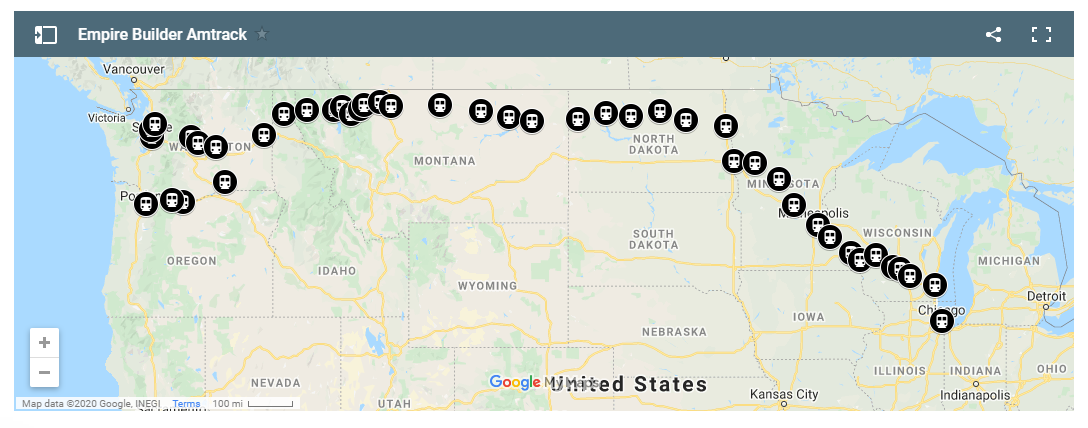
The expansion of transport and communication during the 19th century led to a network of railroads being constructed across Montana. Ranchers, miners, and town boosters were begging for rail connections to lucrative markets and to remote Montanan communities, the railroads meant everything.
Montanans had their hopes that the Northern Pacific Railroad that would link Minnesota through Montana and on to the Pacific Coast. Unfortunately, difficult financial times and the falling-through of a government grant lead to the bankruptcy of the Northern Pacific. Montanans were disappointed, fearing they would be cut off from the rest of a nation racing into the future. But other railroads had their sights on Montana. On a cold December night in 1881, the first Utah and Northern Union Pacific train entered Butte, eager to tap into the Butte mining trade.
Other train lines like the Gallatin Valley Line, The Milwaukee Road and Turkey Red (a branch line of the Milwaukee Road) followed playing a significant role in the economic development as the tracks stemmed from the Midwest, through Montana to the Northwest of the US. Trains were now connecting communities, carrying grains and allowing passengers to spend a day in town to shop and work in a timely fashion.
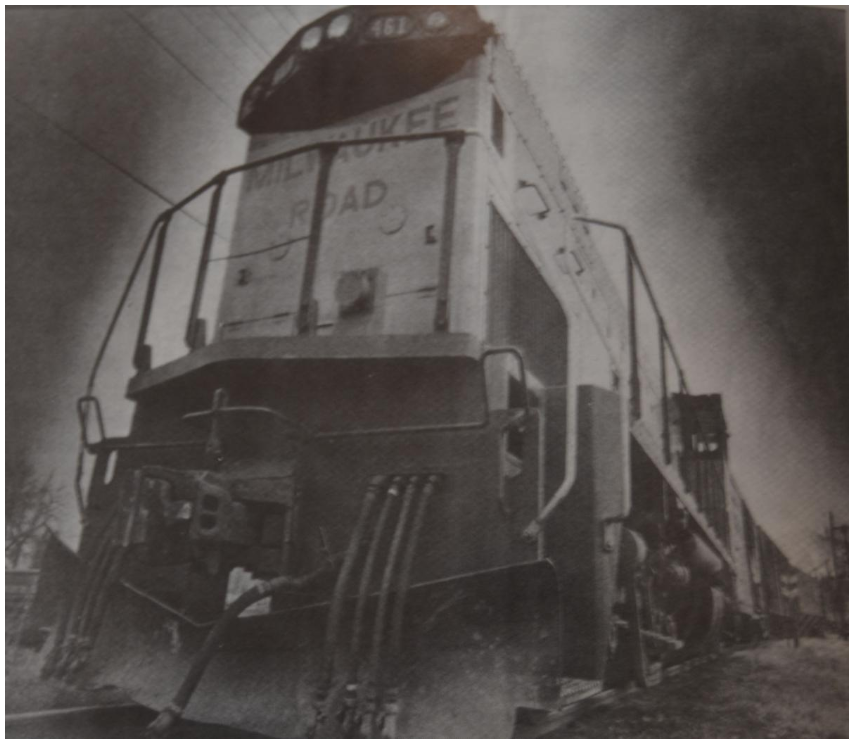
The Turkey Red, a rail line that served farm families in the county's rural northern areas for almost 60 years, gave a convenient way for travel into Bozeman when cars were not an option. Local Montana residents recall how before trains, a trip from Belgrade to Bozeman meant staying overnight.
Margaret Gee, a school teacher who grew up in the Belgrade area over a century ago, recorded her experiences in an oral interview in 1975 for the Gallatin County bi-centennial project, "Oh, yes, the Turkey Red, they used to pull the Turkey Red right up — we used to ride into town on the Turkey Red Special,". The train was not fast or large (maybe three-four cars with grain doors) and only operated a couple of times per week.
Gallatin Valley was now tied together for crops and travel and trains were making it possible to connect with more people, to sell products far and wide and to this point, no other transportation mode could haul passengers at such speeds and in almost any type of weather. The social and economic effects in Montana were profound. The Milwaukee Road ran for almost 140 years from 1847 to 1986 when it experienced financial difficulty. After 60 years of service in Gallatin County, the railroad tore up its tracks in 1978.
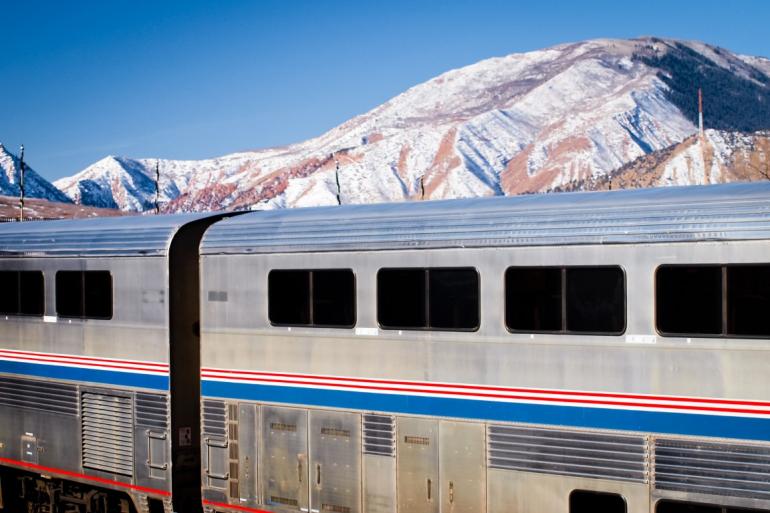
All Aboard!
While trains are still used today to transport grains and goods to and through Montana, passenger's primary mode of transportation has changed with cars, buses and personalized car services like Uber.
 Trains are still a popular way for travelers and tourists to see the Treasure state. Amtrak's Empire Builder train service carries passengers through Montana's Glacier Country and allows those to see parts of Montana that are so remote, you could only see them by rail.
Trains are still a popular way for travelers and tourists to see the Treasure state. Amtrak's Empire Builder train service carries passengers through Montana's Glacier Country and allows those to see parts of Montana that are so remote, you could only see them by rail.
Amtrak also journeys through Glacier Country with eight stops including East Glacier, West Glacier (at the western entrance of Glacier National Park), Cut Bank, Browning, Marias Pass where you can cross the Continental Divide at 5,216 feet, Essex, White Fish and Libby.
If you're planning a trip to Montana, consider traveling by train. One main benefit of traveling by train is you won't send your budget off the rails. Amtrak ticket prices don't generally fluctuate like airline tickets and are usually much cheaper (often half or even less the price of airline tickets).
Trains also offer greater flexibility making family travel easier and less stressful than flying. Children can move around more freely and you'll have the space to pack the comforts of home. Small pets are also allowed on most Amtrak routes too!
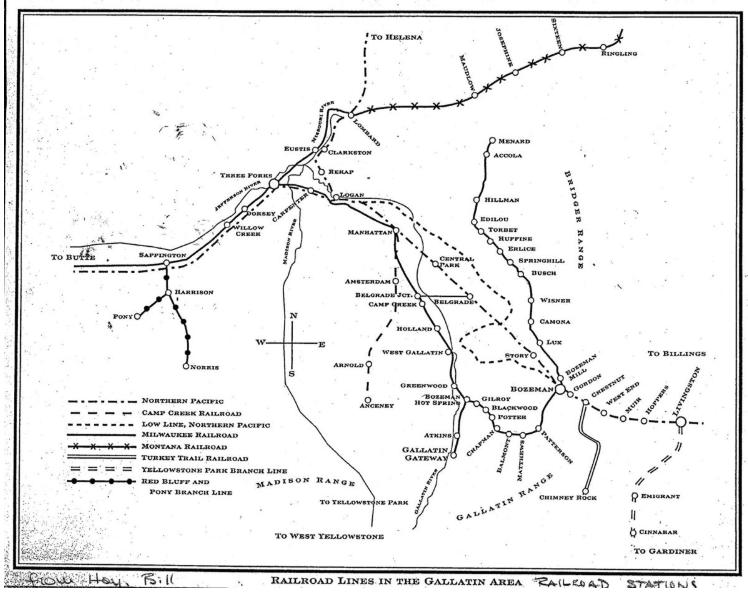
Reconnecting Montana Rail Services:
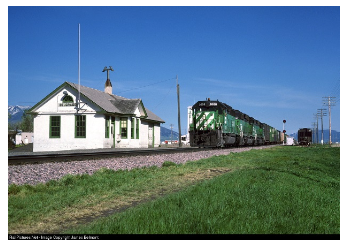
While it's been more than four decades since passenger rail service ran on Montana's southern route, there has been enthusiasm about reigniting a route that would run from the Midwest (Chicago area), to Fargo and west through multiple Montana cities including Miles City, Billings, Livingston, Bozeman, Helena, Missoula and more. The economic benefits, including a boost in tourism and access to small communities may well offset the cost of required rail infrastructure including stations along routes.
And in early June lawmakers in Missoula County issued a resolution to form the Big Sky Passenger Rail Authority and invited cities along the proposed route, roughly along the old North Coast Hiawatha (wending through the terrain roughly parallel to the Empire Builder) route to join. The first to agree was Dawson County, and others are sure to follow. With interstate air travel having always been an unsure proposition in Montana, the possibility of uniting some of the major cities via passenger train could provide a welcome boost to the state’s tourist economy.
With new technology and the right vision, paired with a little nostalgia, passenger train service could take Montana down a new track. Are you on-board?
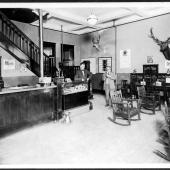









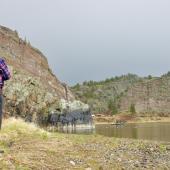
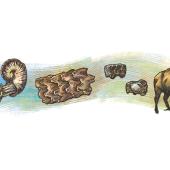
- Reply
Permalink